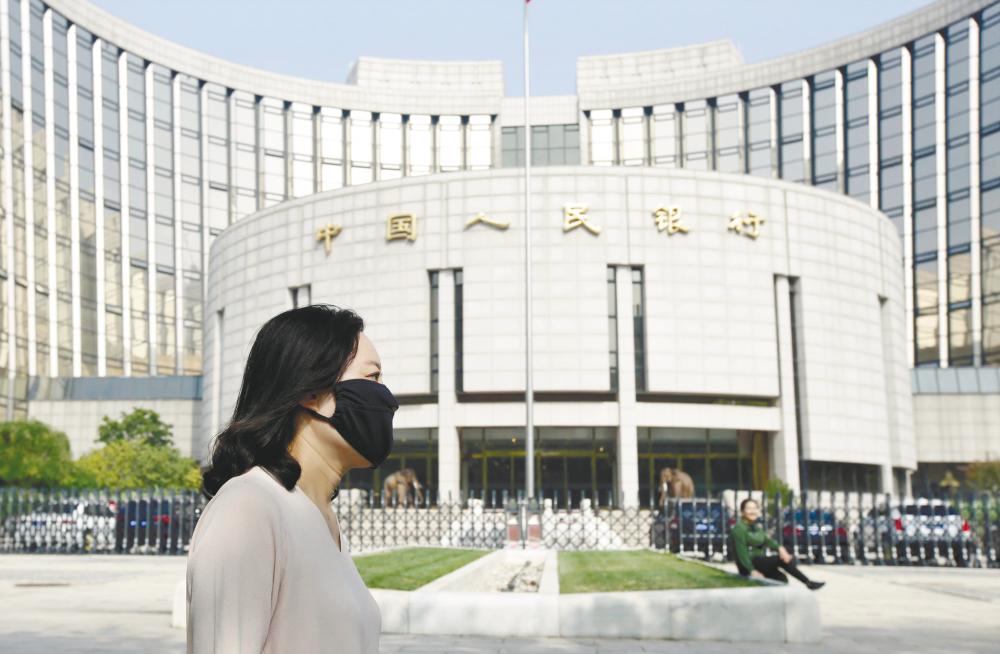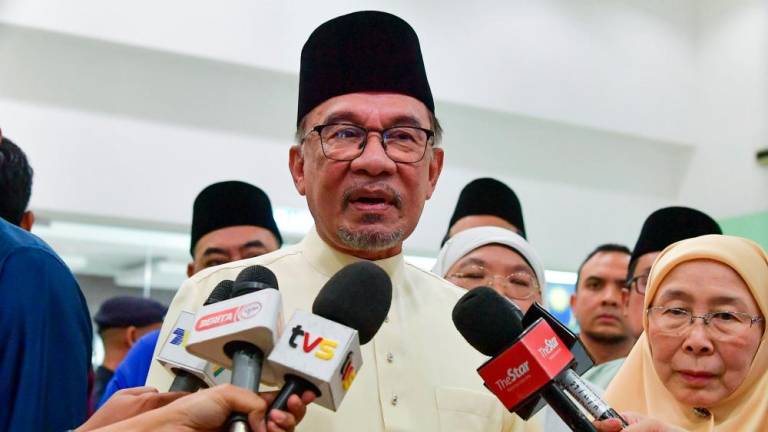BEIJING: China’s central bank will ramp up its policy easing to support the coronavirus-ravaged economy but debt worries and property risks will prevent it from following the US Federal Reserve’s steep rate cuts or quantitative easing moves, policy sources said.
China’s leaders have pledged to combat the impact from the pandemic that looks to have tipped the world’s second-largest economy into its first quarterly contraction in at least 30 years, as mounting job losses pose a threat to social stability.
The People’s Bank of China (PBOC) will boost credit and lower funding costs, especially for small firms seen as vital for growth and jobs, and accommodate increased fiscal spending, according to three sources involved in internal policy discussions. The sources declined to be named due to the sensitivity of the matter.
The PBOC said on Friday it was cutting reserve requirement ratio (RRR) – the amount of cash that banks must hold as reserves – for the third time this year, and lowered interest rate on banks’ excess reserves for the first time since 2008.
The central bank will largely rely on a mix of liquidity policy tools to support the economy, such as RRR and various lending facilities, and price-based tools including various market rates and its benchmark lending rate – the loan prime rate (LPR), the sources said.
“The PBOC will step up monetary policy easing, but it’s impossible for it to follow the Federal Reserve,” said one of the sources. “The PBOC will take a step by step approach and reserve some ammunition.”
The PBOC and the finance ministry did not immediately respond to Reuters’ requests for comment. The Fed slashed interest rates by a half percentage point on March 3 and by a full point was on March 15, bringing its overnight borrowing rate for banks back to near zero, and restarted a quantitative easing programme.
In recent years the PBOC, which uses multiple tools to control interest rates and money supply, has been trying to develop a single representative policy rate like the Fed’s funds rate.
The PBOC is likely to cut the LPR on April 20, following a 20 basis point cut in the 7-day reverse repo rate on March 30, and trim the benchmark deposit rate in the coming months as consumer inflation is expected to ease, the sources said.
The central bank has cut the LPR, which is set on the 20th of each month, by a total of 26 basis points since August – when it unveiled a key reform to use the LPR to replace the previous benchmark lending rate. The one-year LPR rate is currently at 4.05%.
A deposit rate cut could help ease pressure on lenders and create more room for lowering lending rates, but such a move could be politically sensitive, given that real deposit rates are already deep in negative territory, the sources said.
The PBOC has kept the benchmark deposit rate unchanged at 1.5% since October 2015. Consumer inflation was 5.2% in February.
PBOC vice governor Liu Guoqiang said last week China would tread warily in cutting the benchmark deposit rate due to elevated inflation and the potential impact on ordinary savers.
“We should continue to cut RRR and interest rates. But we should be worried about the side-effects if monetary policy easing becomes too strong, as we are still digesting the hangover from previous stimulus measures,“ said a second source.
“If more money flows into the property sector, it would fuel property speculation and lead to social problems.” – Reuters














